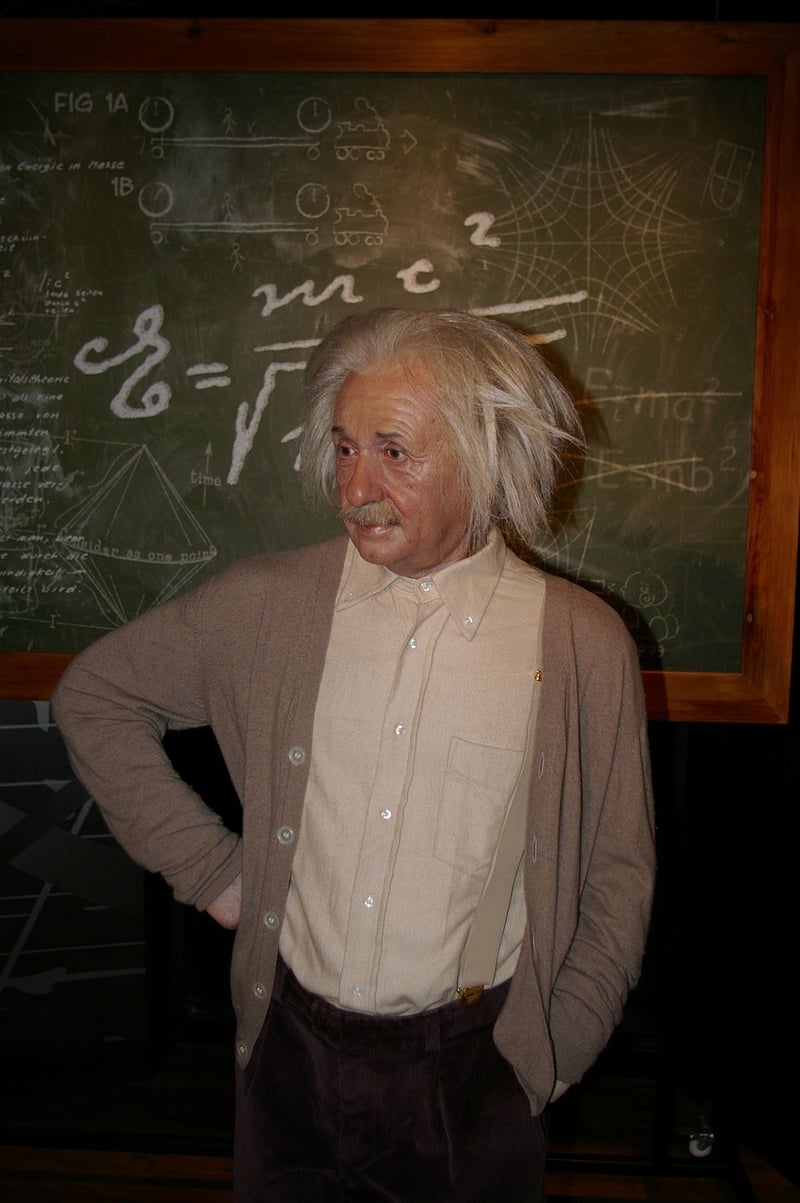Temporal Loops
Exploring Methods of Time Travel and Temporal Loops
Introduction
Time travel has captured the imagination of people for generations, fueling countless stories in books, movies, and TV shows. The concept of traveling through time and altering the course of history is both fascinating and complex. In this article, we will delve into the various methods of time travel and discuss the intriguing phenomenon of temporal loops.
Methods of Time Travel
Time travel can be achieved through different mechanisms, each with its own set of rules and implications. Some popular methods include:
1. Time Machines
Time machines are a common trope in science fiction, allowing individuals to travel backward or forward in time. While the concept of building a machine to manipulate time is purely speculative, it remains a popular device in storytelling.

2. Wormholes
Wormholes are theoretical tunnels in spacetime that could connect distant points in the universe. Traveling through a wormhole could potentially allow for instantaneous travel to a different point in time and space.

3. Time Dilation
Time dilation, a concept from Einstein's theory of relativity, suggests that time passes differently for objects in motion relative to each other. Approaching the speed of light or being near a massive gravitational field can result in time moving slower or faster.

Temporal Loops
A temporal loop, also known as a causal loop, is a phenomenon where an event in the future influences the past, creating a loop with no discernible origin. This concept is commonly used in time travel narratives to create paradoxes and intricate plot twists.
Examples of Temporal Loops
One famous example of a temporal loop is the grandfather paradox, where a time traveler goes back in time and prevents their grandfather from meeting their grandmother, thus preventing their own birth. This paradox raises questions about the possibility of changing the past and its consequences.
Another example is the bootstrap paradox, where an object or information is sent back in time and becomes trapped in an infinite loop of causality. The origin of the object or information is unknown since it has no clear beginning.
Conclusion
Time travel and temporal loops continue to captivate audiences and spark philosophical debates about the nature of time and causality. While the practicality of time travel remains a mystery, exploring these concepts through fiction allows us to ponder the what-ifs and the consequences of altering the past or future.
Whether through time machines, wormholes, or the complexities of relativity, the allure of time travel persists, inviting us to imagine the possibilities beyond our current perception of time.
